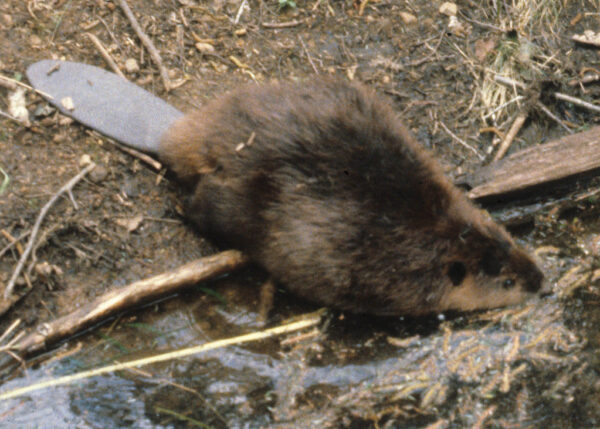Beavers (genus Castor) are large, semi-aquatic rodents of the Northern Hemisphere. They are the largest living rodents in North America and the second largest in the world (South America’s capybaras being the heaviest). There are two extant species: the North American beaver (Castor canadensis) and the Eurasian beaver (Castor fiber).
Physical Traits
Beavers have thick, brown fur coats, which helps to keep them warm in cold water. They have webbed hind feet for swimming and a flattened tail that acts as a rudder when they swim. Their front teeth are orange due to an iron-rich mineral called iron salts which helps them to gnaw through wood. Adults can weigh up to 60 pounds and measure from two to three feet long, not including their tails.
Life Span
Beavers can live up to 24 years in captivity, but in the wild, they typically only live 8-12 years due to predation and other environmental factors.
Habitat
Beavers prefer areas with slow-moving water, such as streams, rivers, ponds, and lakes, where they build dams using sticks, mud, and stones. These dams create deep pools of water, which provide protection from predators and allow them access to food year-round. Beavers also construct lodges from sticks and mud, providing shelter from predators and extreme weather conditions.
Diet
Beavers are herbivores who feed on leaves, bark, twigs, roots, aquatic plants, and occasionally small fish or frogs. When food is scarce in winter, they rely on stored food inside their lodges or caches near them.
Reproduction
Beavers mate for life with one partner, usually between February – April each year, depending on location. The female will give birth to 2-4 kits after a gestation period of 105 days. The kits will stay with their parents until they reach adulthood at around 2 years old, when they will disperse into new territories looking for their mates.
Conservation Status
The North American Beaver is listed as the least concern by the IUCN Red List due to its wide distribution across North America; however, it is still threatened by habitat loss due to human activities such as logging or dam building and hunting for its fur or meat. The Eurasian Beaver is listed as endangered due to overhunting for its skin during the 19th century leading to its extinction in many parts of Europe before conservation efforts helped it recover in some areas since then.
Interesting Facts
- Beavers have transparent eyelids that allow them to see underwater without opening their eyes!
- A single family of beavers can fall over 200 trees per year!


